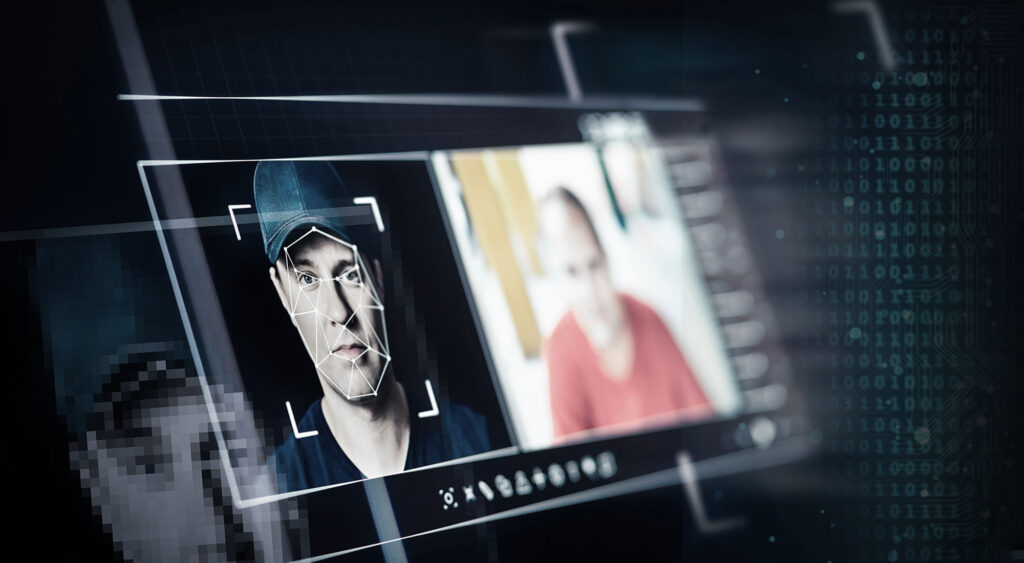As deepfakes continue to evolve, becoming more realistic and harder to detect, European law enforcement agencies have turned to innovative methods to combat the threat. One such method comes from EITHOS, a European consortium led by researchers and technology experts, which is betting on the science of microexpressions to tackle synthetic faces in a novel way.
The Power of Microexpressions:
Microexpressions, which last less than half a second, are involuntary facial expressions that occur when people experience emotions. This field of study, pioneered by American psychologist Paul Ekman, has proven to be a powerful tool in detecting deception. Now, it’s being used to identify deepfakes, which often fail to replicate these subtle expressions accurately.
Barcelona-based company Herta Security is at the forefront of this effort. Their technology analyzes microexpressions in videos, distinguishing between authentic human emotions and the artificial expressions produced by deepfakes. “They don’t blink or smile naturally,” explains Manuel Pastor, Herta’s chief technology officer. These discrepancies are what the software focuses on, making it independent of rapidly evolving deepfake technology.

The Role of EITHOS in Law Enforcement:
EITHOS, the European Identity Theft Observatory System, is a consortium of 12 members working to develop software tools to combat identity theft and deepfakes. Funded by the EU’s Horizon 2020 initiative, this effort is critical as Europe faces a surge in deepfake-related financial fraud and identity theft cases.
The consortium’s tools include not only facial recognition for detecting deepfakes but also audio detection, social media scam analysis, and data extraction from online forums. One of the key innovations is the comparison of facial microexpressions between suspected deepfakes and genuine videos of the same person. Involuntary expressions—like blinking and smiling—are hard to imitate, making them crucial indicators in identifying fake videos.
Tackling a Growing Threat:
Deepfake technology is often used for identity theft, fraud, and even blackmail, leaving victims reluctant to report their experiences to the police. As part of its mission, EITHOS also focuses on raising public awareness about identity theft and helping citizens understand the importance of data security. The consortium is working with universities and research institutions across Europe, including the University of Bologna and the Cyber and Data Security Lab at the Vrije Universiteit Brussel, to study the social and legal impacts of these crimes.
Currently, the technology developed by Herta Security and EITHOS is in beta testing with law enforcement agencies in Spain, Greece, and Sweden. It is expected to be commercially available by 2025, providing police forces across Europe with a powerful new tool in the fight against deepfakes.
Looking Ahead:
As the technology to create deepfakes continues to improve, the need for robust detection tools grows more urgent. EITHOS is leading the charge in Europe by leveraging microexpression technology to identify synthetic faces and combat identity theft. With plans to expand the use of these tools beyond Europe, the future of deepfake detection may soon be more secure, protecting both individuals and institutions from the dangers of manipulated media.

Pooja is an enthusiastic writer who loves to dive into topics related to culture, wellness, and lifestyle. With a creative spirit and a knack for storytelling, she brings fresh insights and thoughtful perspectives to her writing. Pooja is always eager to explore new ideas and share them with her readers.